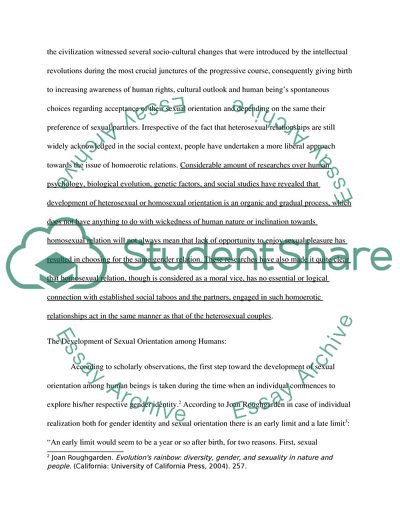Cite this document
(“The Development of Sexual Orientation Among Human Beings Research Paper”, n.d.)
The Development of Sexual Orientation Among Human Beings Research Paper. Retrieved from https://studentshare.org/gender-sexual-studies/1746624-the-development-of-sexual-orientation-in-humans
The Development of Sexual Orientation Among Human Beings Research Paper. Retrieved from https://studentshare.org/gender-sexual-studies/1746624-the-development-of-sexual-orientation-in-humans
(The Development of Sexual Orientation Among Human Beings Research Paper)
The Development of Sexual Orientation Among Human Beings Research Paper. https://studentshare.org/gender-sexual-studies/1746624-the-development-of-sexual-orientation-in-humans.
The Development of Sexual Orientation Among Human Beings Research Paper. https://studentshare.org/gender-sexual-studies/1746624-the-development-of-sexual-orientation-in-humans.
“The Development of Sexual Orientation Among Human Beings Research Paper”, n.d. https://studentshare.org/gender-sexual-studies/1746624-the-development-of-sexual-orientation-in-humans.


